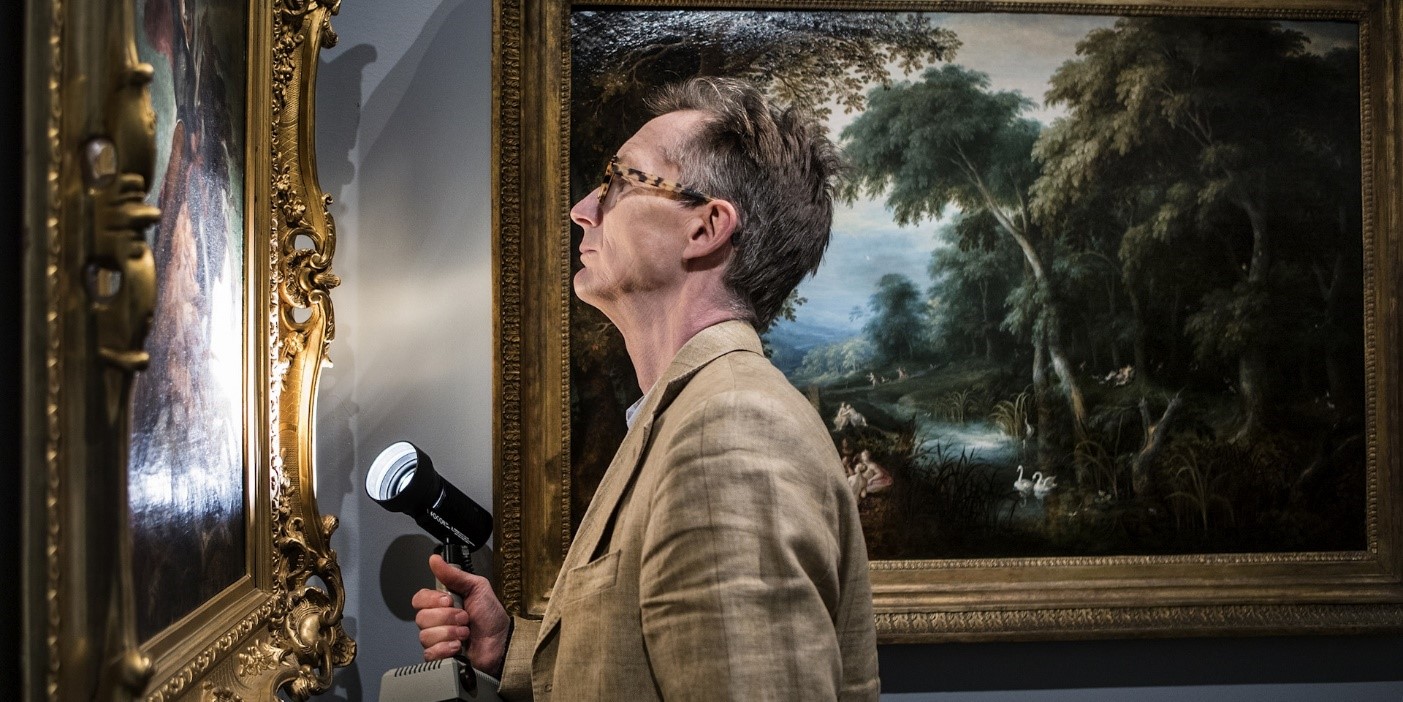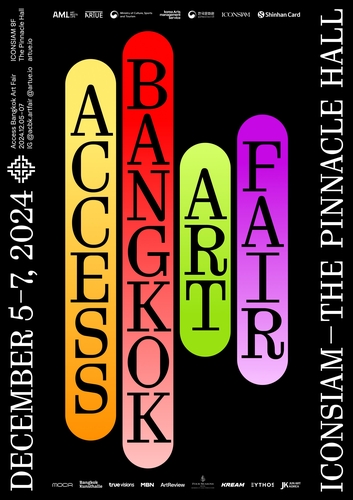Globalization and Success Factors for Korean Art Fairs
In this final
article of the series, we will discuss the essential conditions for the success
of Korean art fairs and the absolute necessity of global expansion.
Additionally, we
will briefly examine the operational status of KIAF and Frieze Seoul over the
past three years and explore the underlying realities of the so-called
"era of 100 art fairs" in Korea. We will also identify the critical
challenges that must be addressed within Korea's contemporary art scene.
Chronic Issues in Korea’s Art Market and Fairs
Despite the fact that approximately 100 art fairs are held annually in Korea, the recurring issues of poor operational management by participating galleries and the outdated quality of artworks persist. When inquiring about the price or provenance of a piece at an art fair, one often encounters vague and superficial responses like "It's popular" or "It's selling well," without substantial information or analysis.
One of the more troubling trends is the replication of the same artistic style. When a particular trend gains popularity, galleries and artists frequently exhibit similar works, which results in the repetition of self-replicated artworks or derivative pieces. Instead of pursuing new and innovative expressions, many participating artists rely on previously established styles. This leaves the art fairs filled with safe, redundant choices.
Furthermore, galleries often overestimate the investment value of the works they sell, presenting them as highly profitable assets. However, the art market is far more conservative than it seems; only a very small number of artworks experience significant price increases. Moreover, while purchasing art may seem easy, reselling it is far more challenging.
These deceptive sales practices lead to eventual disappointment and a sense of betrayal among buyers. Many novice collectors are unaware of these market dynamics and, after realizing the reality, leave the market, only to be replaced by new buyers. This cycle repeats, resulting in an art fair market that expands without substance. The proliferation of these hollow practices has led to the surge of up to 100 art fairs in Korea today.
Such issues hinder the sustainable growth of the art market. For the Korean art market to gain global competitiveness, fundamental changes are required.
 Exhibition
view of Kiaf, 2023 ©Kiaf
Exhibition
view of Kiaf, 2023 ©KiafThese problems are
evident at major events like KIAF and Frieze Seoul. While KIAF claims to be an
international art fair, it has struggled to attract globally renowned
galleries.
Even domestic
buyers are now hesitant to purchase works at KIAF, or they simply avoid it
altogether. The same issues plague other fairs in major cities like Busan and
Daegu, where repetitive exhibitions featuring the same galleries and artists
fail to differentiate themselves.

Exhibition view of Art Busan, 2023 ©Art Busan
The 2022 edition
of Frieze Seoul received praise for successfully hosting an international
art fair in Korea, generating excitement both locally and abroad.
However, by 2023,
the quality of the exhibited works had noticeably declined. Compared to Frieze
New York or London, the pieces displayed in Seoul were of lower quality, with
many international galleries opting for safe choices tailored to the tastes of Korean
collectors.
 During
the opening ceremony of 'Kiaf·Frieze Seoul', attendees, including Jeong
Byeong-guk (third from the left),
During
the opening ceremony of 'Kiaf·Frieze Seoul', attendees, including Jeong
Byeong-guk (third from the left), Chairman of the Arts Council Korea; Yong Hwoe-seong,
1st Vice Minister of the Ministry of Culture, Sports and Tourism; Simon Fox, CEO of Frieze Seoul;
Koo Ja-yeol, Chairman of the Kiaf Organizing Committee;
and Oh Se-hoon, Mayor of Seoul, pose for a commemorative photo. ©Yonhap News
In 2024, this trend continued. The art fair was filled with safe, market-approved works from established artists, further fueling concerns that Seoul's art market was becoming a repository for the West's unsold inventory.
 Exhibition view of Jinju Lee at Arario
Gallery, Frieze Seoul 2024
Exhibition view of Jinju Lee at Arario
Gallery, Frieze Seoul 2024If this trend continues for several more years, Korea’s art market risks becoming confined to the limits of Asia, much like China and Japan. This would effectively prevent it from expanding globally, relegating it to the status of a regional market. Ultimately, this could lead to its decline into a third-tier market.
Essential Conditions for Globalizing Korean Art Fairs
1. Training
of Professional Talent
Successful art fair
management requires a deep understanding of the evolving art scene and market
trends, as well as the ability to incorporate these insights into operational
strategies. It is crucial to foster talent that understands contemporary art
and can effectively integrate these trends into the market.
Professionals
working in art fairs, beyond simply managing exhibitions, must be able to
predict market trends based on thorough analysis, develop effective marketing
strategies, and possess the technical skills necessary for seamless operations.
Exhibition planners, for example, must balance the needs of artists and
galleries while creating innovative and engaging content that aligns with
market trends.
2. Building a Professional Operating System
To move beyond haphazard management, art fairs must first establish a clear vision and goals. This allows for consistent operations and provides a standard for participating galleries and collectors to follow. In turn, this consistency ensures a higher quality fair.

Image courtesy of Artwork Archive
The selection of participating galleries and artists must be stringent, with criteria evaluating the quality of works, the artist's market position, and their potential for growth. This will ensure that the art fair maintains its prestige and level of excellence, fostering trust among all stakeholders.
3. Transparency in Pricing and Transactions
Maintaining transparency in pricing and transaction processes is essential. Standardized pricing and clear transactional procedures will help establish trust between buyers and sellers, contributing to the overall credibility of the art market. Additionally, embracing digital platforms such as online exhibitions, virtual galleries, and AR/VR technology can enhance accessibility and strengthen global connectivity.
 Vetting at TEFAF Maastricht 2019. Photo: Loraine
Bodewes.
Vetting at TEFAF Maastricht 2019. Photo: Loraine
Bodewes.4. Establishing International Networks
Building international networks is another critical factor for the success of art fairs. Forming relationships with foreign collectors, galleries, and art professionals will bolster Korea's presence in the global art market. Art fairs should establish systematic networks that allow for collaboration with art fairs and industry figures worldwide.
Korean Art Fairs: The Only Way Forward Is Global Expansion
In recent years, K-Culture has gained explosive popularity in music, film, and television, capturing the world's attention. It is now time for the Korean art market to join this movement. Just as K-pop, films, and dramas have had a tremendous impact on the global stage, Korean art fairs must expand internationally to build their competitive edge.
 Photo courtesy of Delight
Photo courtesy of DelightThe key to thriving in today's global art market is the ability to secure top-quality works quickly and sell them to discerning collectors at fair prices. However, the Korean art fair scene is currently oversaturated with similar artists and works, and the market's qualitative growth has stagnated. Without significant changes, the Korean art market risks being confined to Asia and may eventually devolve into a regional market.
 Korean Art Show (Art
Fair) 2012, New York. ©Korean Cultural Center New York
Korean Art Show (Art
Fair) 2012, New York. ©Korean Cultural Center New YorkFor Korean art
fairs to gain a foothold in the international arena, they must adopt
professional management systems, cultivate talent, and embrace the pillars of specialization,
internationalization, and capitalization.
Expanding abroad is
not just a possibility but a necessity for the Korean art market to elevate its
status and seize new opportunities. Now is the time for Korean art fairs to
make their mark on the world stage, and the window of opportunity may be closing.
Only by embracing bold
innovation and forging ahead in the global market can Korean art fairs
secure their future and remain relevant in the years to come.
Jay Jongho Kim graduated from the Department of Art Theory at Hongik University and earned his master's degree in Art Planning from the same university. From 1996 to 2006, he worked as a curator at Gallery Seomi, planning director at CAIS Gallery, head of the curatorial research team at Art Center Nabi, director at Gallery Hyundai, and curator at Gana New York. From 2008 to 2017, he served as the executive director of Doosan Gallery Seoul & New York and Doosan Residency New York, introducing Korean contemporary artists to the local scene in New York. After returning to Korea in 2017, he worked as an art consultant, conducting art education, collection consulting, and various art projects. In 2021, he founded A Project Company and is currently running the platforms K-ARTNOW.COM and K-ARTIST.COM, which aim to promote Korean contemporary art on the global stage.


















